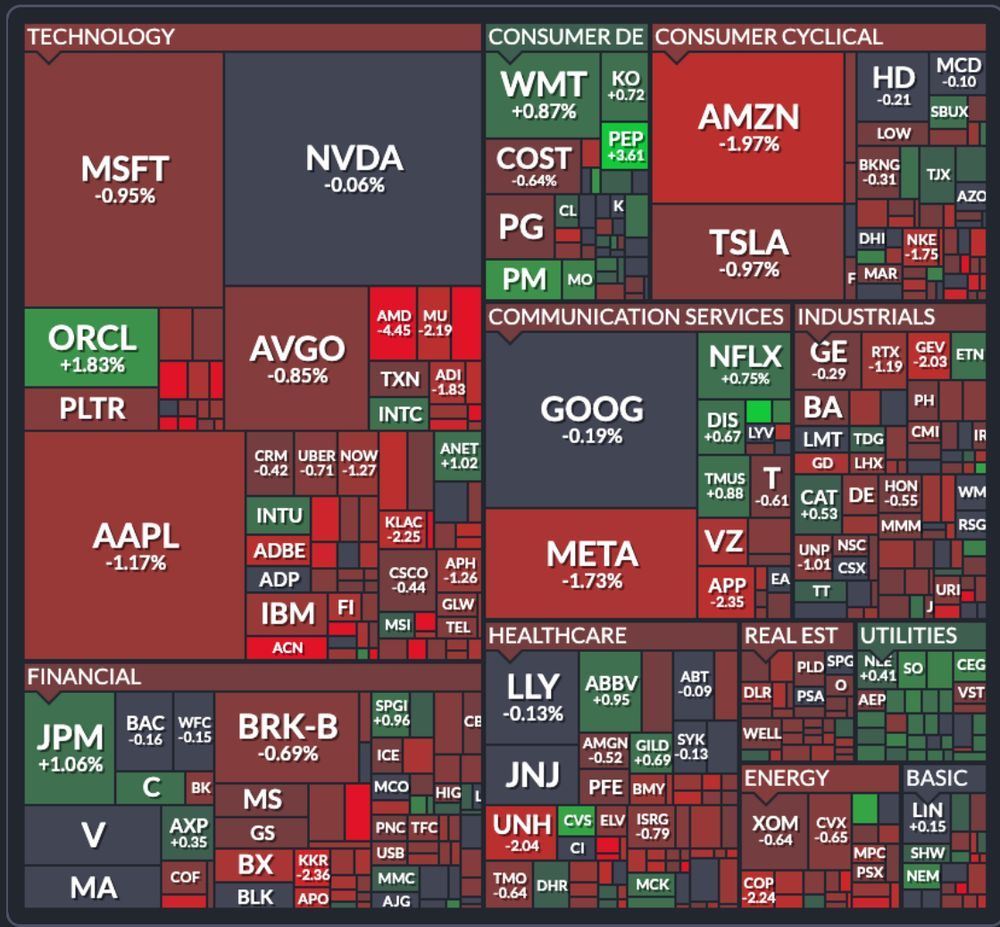Ryan C. Smith
@rcsmitheco.bsky.social
360 followers
810 following
680 posts
Author of, "The Real Oil Shock: How Oil Transformed Money, Debt, and Finance", host of "A History of Capitalism" podcast. Economist & historian, currently #amquerying "The Emerging Energy Revolution" on how renewables+batteries are transforming the world.
Posts
Media
Videos
Starter Packs
Reposted by Ryan C. Smith
Reposted by Ryan C. Smith
Reposted by Ryan C. Smith




















